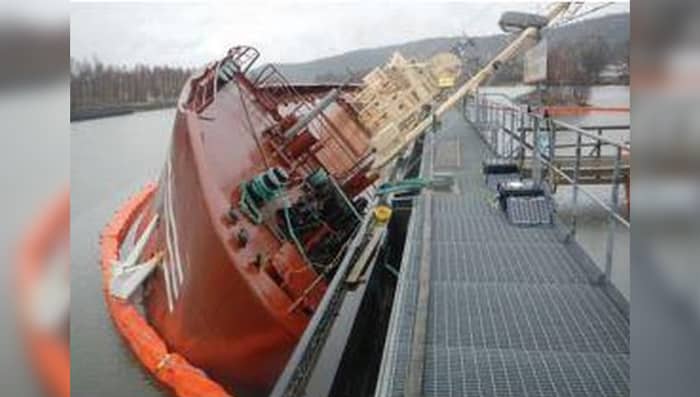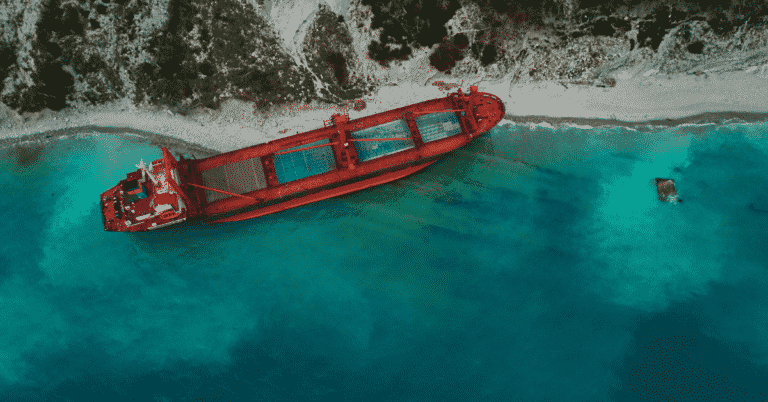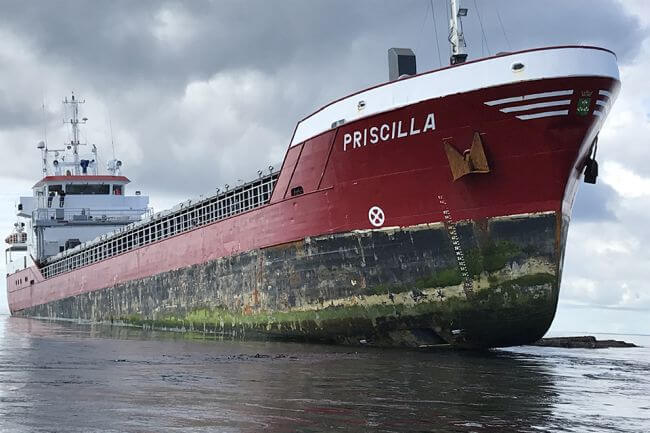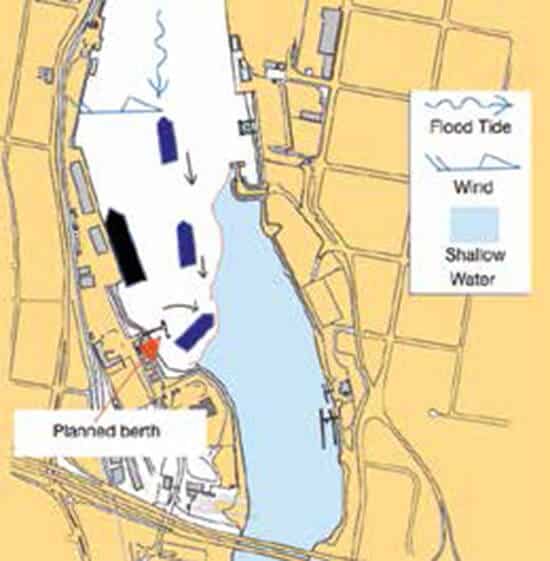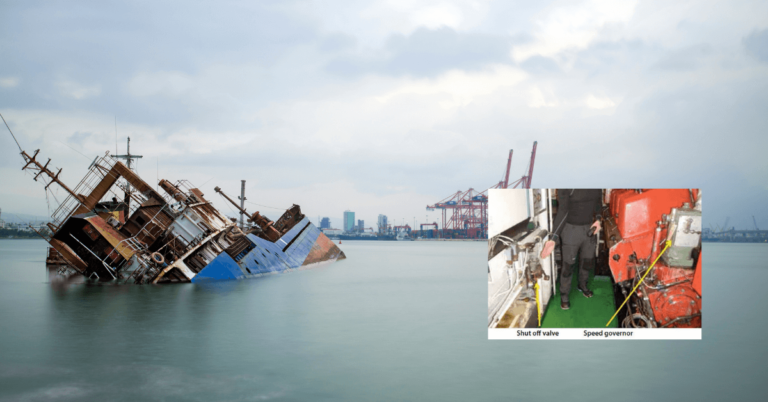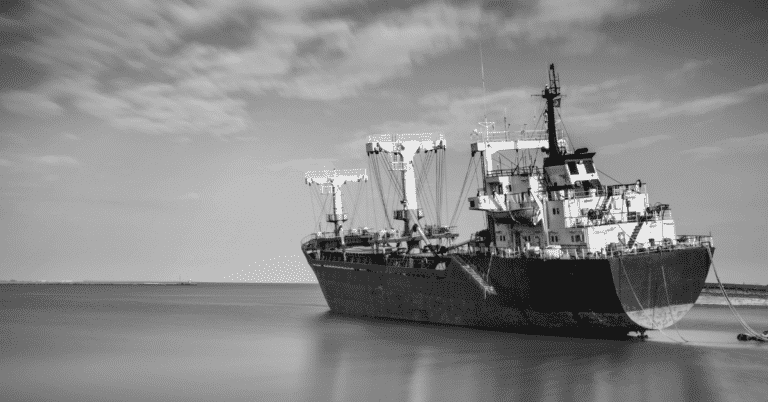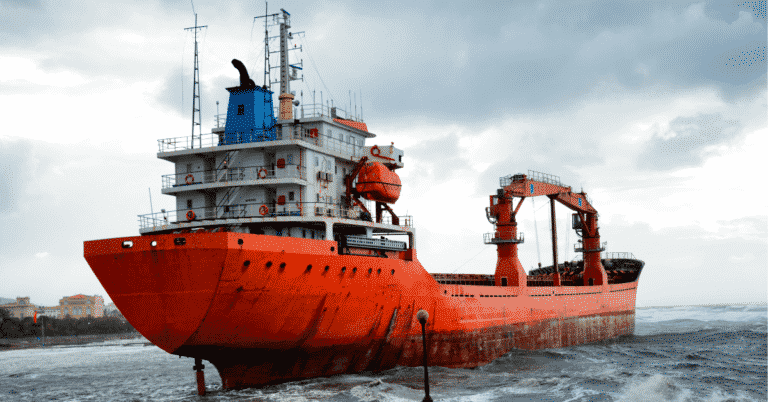Real Life Incident: Grounding Leads To Major Listing Of Ship, Declared Total Constructive Loss
A general cargo ship loaded with grain was in a river waterway. Master initiated a reversing manoeuvre according to the pilot’s instruction, but the reverse order did not work. With reverse power still, at full, the ship came back into the channel relatively quickly.

